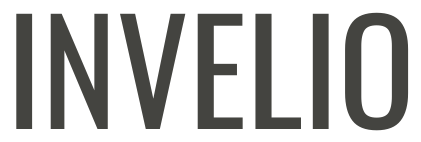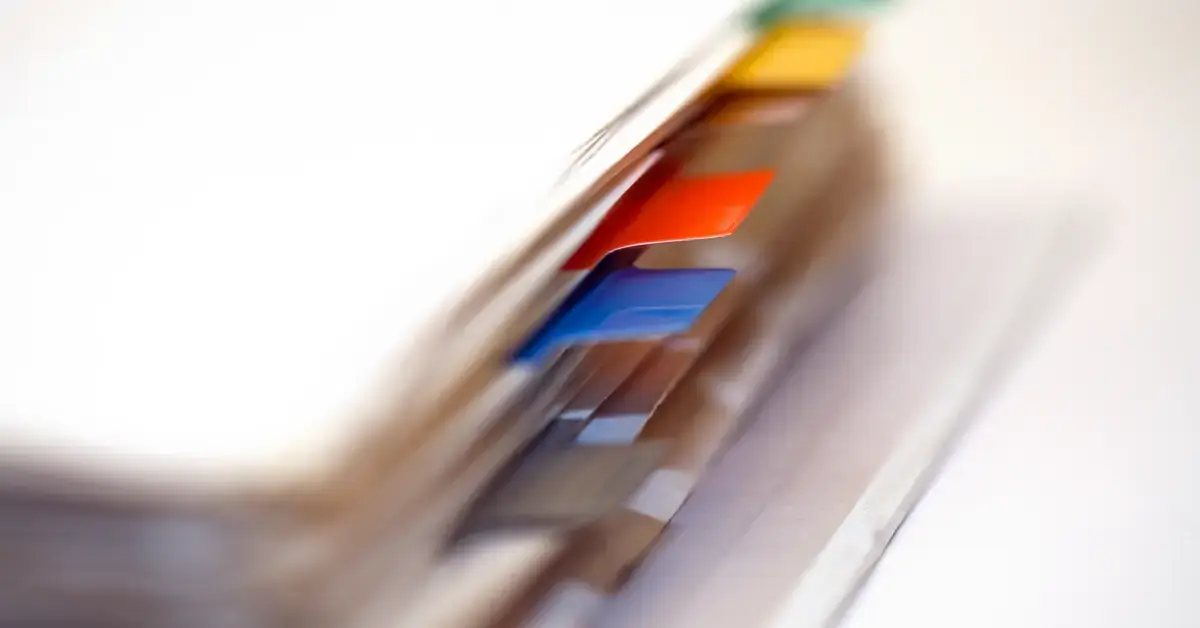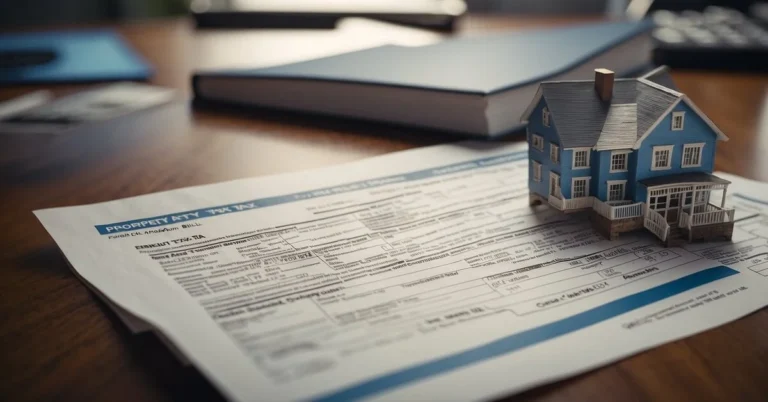Budget binder ideas have revolutionized the way I manage my finances, turning a simple tracking tool into a personalized financial dashboard. This customizable approach allows me to neatly organize bills, track savings goals, and oversee my monthly budget. Starting with a basic binder and evolving to include sections like meal planning and debt repayment, my budget binder has become the central hub for financial planning. Its flexibility and adaptability make managing money an engaging and empowering activity, tailored to fit my lifestyle and financial objectives.
What Is a Budget Binder?
When I stumbled upon budget binder ideas, it was a game-changer for managing my finances.
Purpose of a Budget Binder
A budget binder is a physical tool I use to track my earnings, expenses, savings, and financial goals. It’s essentially a personalized finance management system. I’ve found it serves as an excellent hub for organizing my financial documents, from monthly budgets to bill payment trackers.
Benefits of Using a Budget Binder
The benefits of deploying a budget binder in my financial routine have been numerous:
- Enhanced Visibility: I can see at a glance where my money is going.
- Accountability: The act of writing down transactions reinforces my spending decisions.
- Goal Setting: I can plan for future investments or savings and watch my progress.
- Financial Clarity: It provides me with a crystal clear overview of my financial health, helping to reduce stress.
- Customization: I can add or remove pages to fit my ever-changing financial situation.
Getting Started with Your Budget Binder Ideas

As I dive into the world of budget binder ideas, one thing that quickly becomes clear is that a well-organized budget binder can be a game changer for managing personal finances. It’s not just about tracking expenses; it’s about creating a system that reflects personal financial goals and makes them achievable.
Choosing the Right Binder
When I’m selecting a binder for my budget, durability, and functionality are key. I opt for a three-ring binder that’s sturdy enough to withstand regular use without falling apart. A binder with pockets can be extra handy for storing receipts and bills. The size is also important; a binder that’s too large can be cumbersome, while one that’s too small might not hold all the necessary materials.
Essential Supplies for Your Budget Binder
Once I’ve chosen my binder, equipping it with the right supplies is my next step. Here’s what I typically include:
- Divider tabs: These help me to section off different categories such as ‘Monthly Bills,’ ‘Income Tracking,’ and ‘Savings Goals’.
- Pockets or envelopes: Ideal for keeping receipts and cash for envelope budgeting.
- Budget worksheets: These are crucial for listing expenses and income. I either print them or create my own using spreadsheet software.
- Calculator: It’s my go-to for a quick tally of expenses and income.
- Pens and highlighters: I use different colors to code categories or flag important items.
By focusing on getting the right supplies, I ensure my budget binder becomes an invaluable tool for my financial journey.
Your Budget Binder Ideas – Create your Create Your Setup
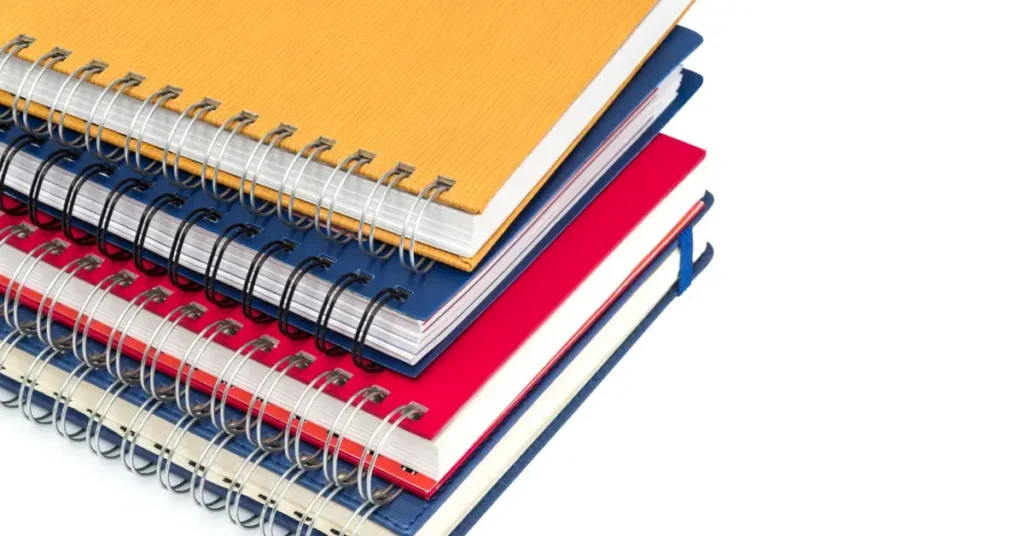
When I explore budget binder ideas, the setup is crucial to maintaining a clear view of my finances. Taking the time to create a visually appealing and functional binder not only makes budgeting less daunting but can be quite fun.
Designing Your Cover and Spine
Cover: I choose a design that motivates me to reach my financial goals—something bold, colorful, or even inspirational words. I use durable materials, like heavy card stock or laminate, to ensure longevity.
Spine: This is where I get practical. I make sure to label it clearly with the year or the type of budget binder (e.g., “2024 Expenses,” “Family Budget”), so it’s easily identifiable on my shelf.
Creating a Budgeting System
My secret to effective budgeting is simplicity and consistency. I include a monthly budget template at the beginning, followed by weekly or bi-weekly expense trackers.
- Monthly Budget: This overview helps me anticipate big expenses and plan accordingly.
- Expense Trackers: By breaking it down, I keep a closer tab on my spending patterns.
Organizing Sections
Dividers are my best friends in this process. I categorize my binder into clear sections for income, expenses, savings goals, and debts.
- Income: All sources, including paychecks and side gigs, have their own tracking sheets.
- Expenses: I list them by fixed (like rent) and variable (like groceries).
- Savings Goals: I dedicate a section to visualize progress towards things like emergency funds or vacations.
- Debts: Staying on top of this section helps me focus on paying down balances timely.
Each section is equipped with pockets or envelopes for receipts or related documents, making my budget binder a comprehensive financial resource.
Budget Binder Ideas – Customize it

When I explore budget binder ideas, I always emphasize personalization. It’s not just about tracking expenses, it’s about creating a system that feels truly mine.
Printable Inserts and Templates
Printable inserts and templates are the backbone of my budget binder. They help me lay out my financial goals, track expenses, and monitor savings with ease. Sites like Clever Girl Finance offer free budget binder printables, which I can customize to my specific financial needs.
Decorative Elements
I love adding a personal touch to my binders with decorative elements. This might include colorful charts, inspiring quotes, or stickers that motivate me to reach my financial goals. Drawing inspiration from Pinterest budget binders, I find vibrant and dynamic decorations that make my budget binder exciting to use.
Tabs and Dividers
Organization is key, so I use tabs and dividers to separate my budget categories. This way, I can flip through my binder with ease. Adding tabs for ‘monthly bills,’ ‘savings tracker,’ or ‘debt repayment’ helps me organize my finances systematically. Plus, using DIY dividers injects a bit of creativity into the mix.
Budget Binder Categories
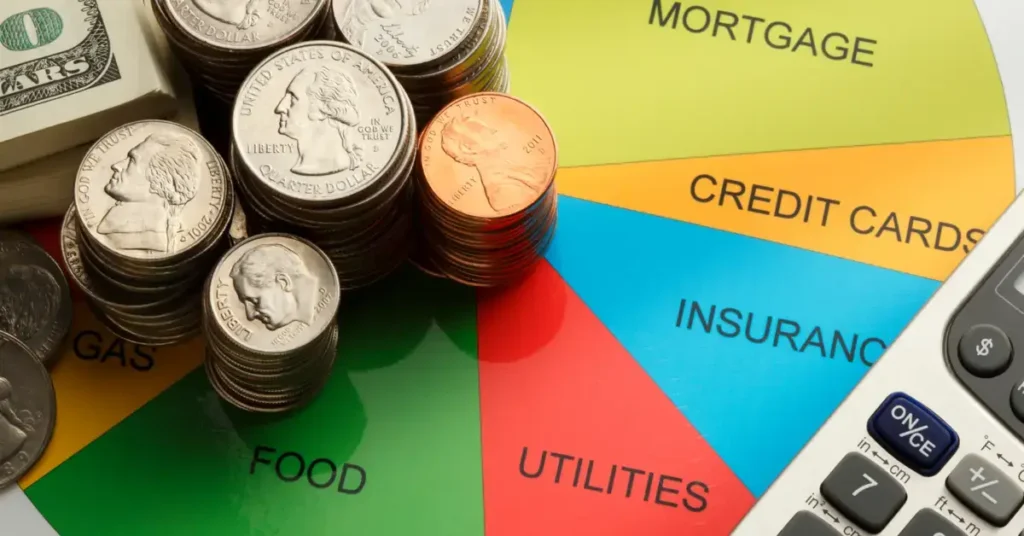
When I explore budget binder ideas, I focus on breaking down finances into easy-to-manage pieces. These categories are crucial for meticulous financial planning and tracking.
Income Tracking
To manage my money effectively, I track every dollar that comes in. Here’s what I include in my Income Tracking section:
- Primary Job: Full-time income details.
- Side Gigs: Additional income streams, if applicable.
- Investments: Dividends or any passive income.
- Others: Any miscellaneous income sources.
Expense Tracking
Keeping tabs on my outgoings is equally important. In the Expense Tracking section of my budget binder, I typically have:
- Fixed Expenses: Mortgage or rent, utilities, insurance, and subscriptions.
- Variable Expenses: Groceries, gas, and other fluctuating costs.
- Unplanned: For expenses that pop up unexpectedly.
Savings Goals
Having a clear view of my savings helps me stay motivated. I break down my Savings Goals into:
- Short-term: Things like emergency funds or holiday savings.
- Long-term: Retirement savings or education funds.
- Targets: Specific amounts I aim to save each month or year.
Financial Goal Setting
When I first explored budget binder ideas, the most impactful step was setting financial goals. It’s how I keep my spending in check and work toward what matters most to me.
Short-Term Goals
What are they? Short-term financial goals are objectives I aim to achieve within a year or less. These typically include:
- Setting aside an emergency fund of $1,000.
- Paying off a specific credit card debt.
- Saving for a vacation or a significant purchase like a new laptop.
How to achieve them: I like to break these into smaller, actionable steps, track my progress in my budget binder, and adjust my monthly budget to prioritize these goals.
Long-Term Goals
What are they? Long-term financial goals stretch beyond a year and demand consistent effort and planning. They might be:
- Saving for a down payment on a home.
- Investing for retirement.
- Paying off a mortgage.
How to achieve them: I map out these goals on a timeline in my budget binder and determine how much I need to save each month. Then, I regularly review and update my progress to adapt to any changes in my financial situation.
Tracking and Reviewing
When I started using budget binder ideas to get my finances in order, tracking and reviewing became a cornerstone of my financial management routine. It’s a hands-on way to see where your money goes and ensures you’re aligning with your financial goals.
Monthly Review Process
Each month, I sit down with my budget binder to go through my Monthly Review Process. This involves:
- Income Tracking: I list my income sources in a simple table to see the total amount I’ve earned.DateSourceAmount02/01Job$XXXX02/15Job$XXXX02/20Side Gig$XXX
- Expense Tracking: I itemize my spending into categories such as utilities, groceries, and entertainment to monitor where my money is going.DateCategoryAmount02/03Groceries$XXX02/05Electricity$XX
- Savings Tracking: I document any money put into savings, noting the purpose, like an emergency fund or vacation.
- Review Goals: I assess if I’ve hit the targets set for savings and check if my spending aligns with the goals in my Budget Tracker.
Adjusting Your Budget
If I find my spending has veered off course, I move to Adjusting Your Budget:
- Identify Over-Spending: It’s crucial to pinpoint areas where I’ve overspent. Did I have an unexpected expense, or did I indulge a bit too much in takeout?
- Prioritize Changes: I decide what expenses to cut back on. For instance, I might swap dining out with cooking at home to save more.
- Update Future Budgets: This step is all about tweaking my Monthly Expense Planner for the upcoming months to prevent the same over-spending.
By regularly tracking my finances and adjusting as needed, my budget binder continues to be an invaluable tool in managing my money effectively.
Tips for Maintaining Your Budget Binder

When I tackled my finances, one of the best budget binder ideas was to ensure maintenance to keep everything running smoothly. Now, I’d like to share some specific strategies to keep your budget binder in great shape.
Staying Consistent
Set a regular update schedule: I find it critical to review and update your budget binder regularly. By choosing a specific day each week, such as Sunday evening, I create a habit that ensures my records are always up-to-date.
Use tabs and dividers for organization: My budget binder is organized into sections with clear tabs, like:
- Income
- Fixed Expenses
- Variable Expenses
This makes tracking and updating much easier.
Involving Family Members
Create a section for shared goals: I encourage you to include a part in your binder where family members can note down joint financial targets. This has made a huge difference in my household. It can look something like this:
| Month | Goal | Progress |
|---|---|---|
| January | Save $500 for vacation | $150 |
| February | Pay off $300 of debt | $300 |
Hold monthly finance meetings: In my experience, gathering the family once a month to discuss finances creates accountability and collective responsibility for our financial well-being. It’s a chance to celebrate wins and adjust our plans.
Frequently Asked Questions
How can I create an affordable budget binder at home?
Creating a cost-effective budget binder at home is quite straightforward. I start by gathering affordable materials such as a ring-binder, dividers, and budgeting printables. For those creative touches, I often utilize items I already have, like colored pens and stickers, to personalize my binder.
What are the benefits of using a budget binder for financial planning?
Using a budget binder has several advantages. It helps me stay organized by keeping all my financial information in one place. I find that it also holds me accountable for my spending and saving goals, and I can easily track my financial progress over time.
Can you suggest effective ways to organize a budget binder?
Certainly! I like to organize my budget binder by dividing it into sections like income, expenses, savings, bills, and debt tracking. Each section has its own tab for quick reference. I make sure to review and update it regularly to keep everything current.
Could you explain the budget binder method and how it works?
The budget binder method involves using a physical binder to manage financial documents and track personal or household budgets. It works by creating a visual and tactile system where I can record transactions, reflect on spending habits, and make financial plans — all within the pages of my binder.
I hope you found some inspiration or useful tips in our article on ’budget binder ideas’! If so, I’d love to hear your thoughts and ideas in the comments below! And if you’re looking for more insightful content, don’t hesitate to explore our other articles:
- How To Start Notion Budget Template For Beginners
- How To Budgeting For Dummies
- Budgeting For Meals: Tips To Save Money On Your Grocery Bill
Your comments help us create better content for you. Happy reading!
